Sri Lanka, an island nation rich in cultural and natural heritage, boasts several UNESCO World Heritage Sites. These sites are recognized for their outstanding value to humanity and are protected under international treaties. Sri Lanka’s World Heritage Sites span ancient cities, sacred temples, and breathtaking natural reserves, each telling a part of the country’s long and diverse history.
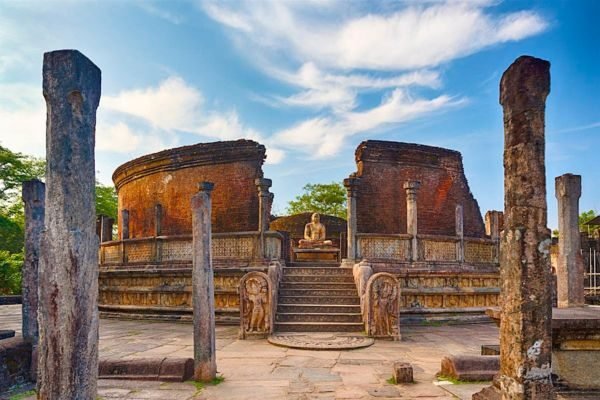
Once the capital of Sri Lanka in the medieval period, the Ancient City of Polonnaruwa is renowned for its well-preserved ruins and impressive stone sculptures. Following the decline of Anuradhapura, Polonnaruwa became the most significant urban center in Sri Lanka, reflecting a blend of religious and secular architecture. Highlights include the royal palace, the Gal Vihara with its exquisite rock sculptures of the Buddha, and various stupas and temples that exhibit the sophistication of South Asian art and architecture.

Sigiriya, or Lion Rock, is an ancient rock fortress and palace ruin situated in the central Matale District. This site is famed for its massive column of rock nearly 200 meters (660 feet) high, atop which sits the remnants of an ancient civilization. The site is particularly famous for its frescoes, which are reminiscent of the Ajanta Caves of India. Sigiriya is considered one of the best-preserved examples of ancient urban planning.
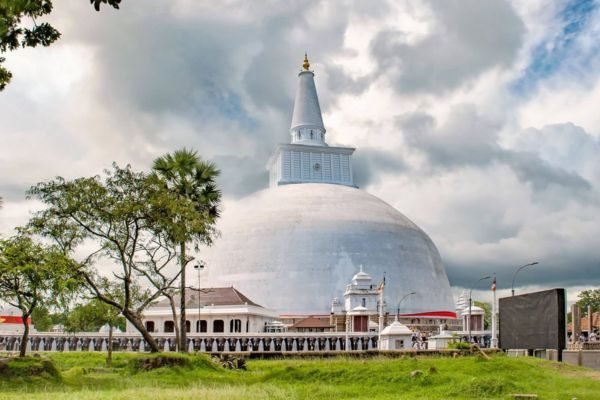
Anuradhapura was the first capital of Sri Lanka and is one of the oldest continuously inhabited cities in the world. Renowned for its well-preserved ruins of ancient Sri Lankan civilization, it features enormous dagobas (stupas), ancient pools, and crumbling temples. The city was established around a cutting from the ‘tree of enlightenment,’ the Buddha’s fig tree, and continues to be a major Buddhist pilgrimage site.

Kandy was the last capital of the ancient kings’ era of Sri Lanka and is home to the Temple of the Tooth Relic, one of the most sacred places of worship in the Buddhist world. The temple houses a tooth of the Buddha, and the Esala Perahera, a grand festival involving processions and performances, is held annually to honor it. The city lies in a mountainous area, providing a stunning backdrop to its cultural richness.
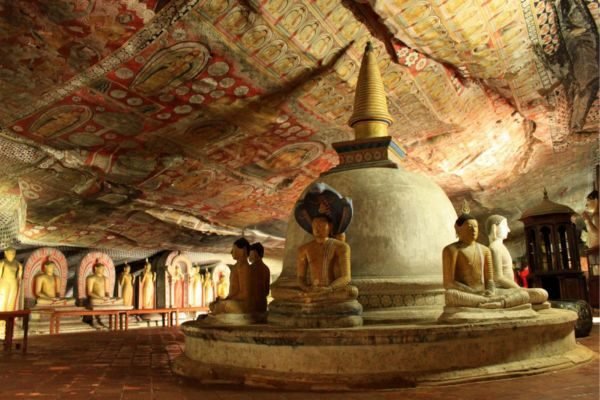
The Golden Temple of Dambulla is a large cave monastery in the central part of Sri Lanka. Dating back to the 1st century BCE, it is the best-preserved cave temple complex in the country, with over 80 documented caves in the surrounding area. The major attractions are spread over five caves, which contain statues and paintings related to Gautama Buddha and his life.
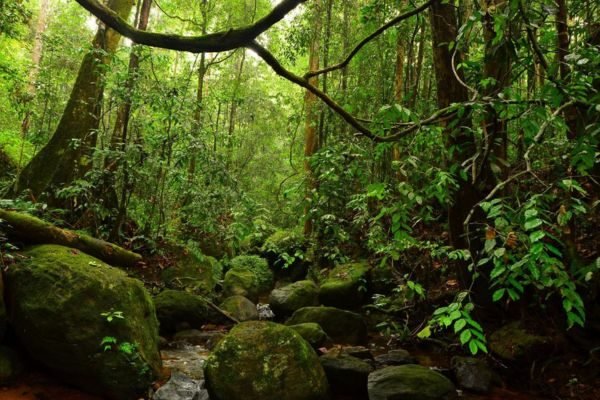
Sinharaja is a biodiversity hotspot in Sri Lanka, significant for its high degree of endemic species, including trees, insects, amphibians, reptiles, birds, and mammals. This rainforest is of great ecological importance and provides a glimpse into the diverse flora and fauna of the island. It plays a crucial role in the island’s water cycle and is a valuable resource for scientific research.

The Central Highlands of Sri Lanka encompass the Peak Wilderness Protected Area, the Horton Plains National Park, and the Knuckles Conservation Forest. These highlands are characterized by rugged terrain and lush biodiversity, including many species native only to Sri Lanka. This area is significant for its ecological diversity and for being the habitat of many endemic species, including the Sri Lankan leopard.
Each of these sites contributes to the rich tapestry of Sri Lanka’s cultural and natural heritage, attracting scholars, historians, nature lovers, and tourists from around the world. They are not only treasures of Sri Lanka but also of the entire world, celebrated for their beauty, historical significance, and cultural value.
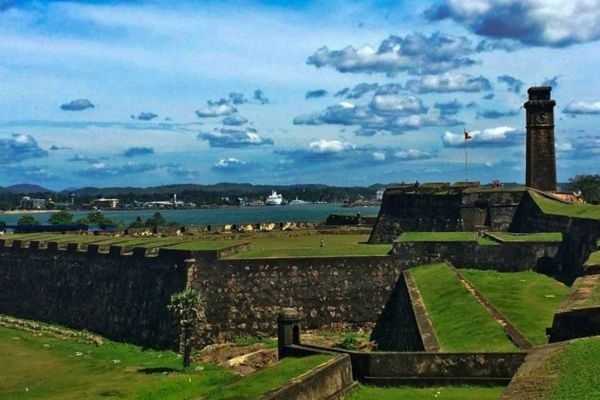
The Old Town of Galle and its fortifications are a testament to the island’s rich history and strategic importance in the Indian Ocean. Galle, a major city in Sri Lanka, was founded by the Portuguese in the 16th century and later extensively fortified by the Dutch during the 17th century. The fortifications of Galle, a stunning example of European architecture and South Asian traditions melded together, represent one of the best-preserved sea forts in Asia.
The Galle fort is a walled enclave, with thick granite walls that have withstood the test of time, including the devastating tsunami in 2004. Inside the fort, the streets are lined with colonial buildings, churches, and museums, which have been carefully maintained or restored. Highlights within the fort include the Dutch Reformed Church, the Galle Lighthouse, and the National Maritime Museum. The fort is not just a historical monument; it is a living, breathing town, with residents, administrative offices, courts, and businesses thriving within its walls.
Galle is an outstanding example of a fortified city built by Europeans in South and Southeast Asia, illustrating the interaction between European architectural styles and South Asian traditions. The town’s unique charm and well-preserved heritage make it a favorite destination for those visiting Sri Lanka.
Summary of Sri Lanka’s UNESCO World Heritage Sites
These eight sites in Sri Lanka—Polonnaruwa, Sigiriya, Anuradhapura, Kandy, Dambulla, Sinharaja Forest, the Central Highlands, and Galle—collectively highlight the country’s diverse heritage, from ancient cities and spiritual centers to natural reserves and colonial fortifications. Each site holds a unique place in the cultural and natural landscape of Sri Lanka, offering insights into the past and present of this beautiful island nation. Together, they help preserve the history, culture, and biodiversity of Sri Lanka, making it a remarkable destination for heritage and nature enthusiasts alike.


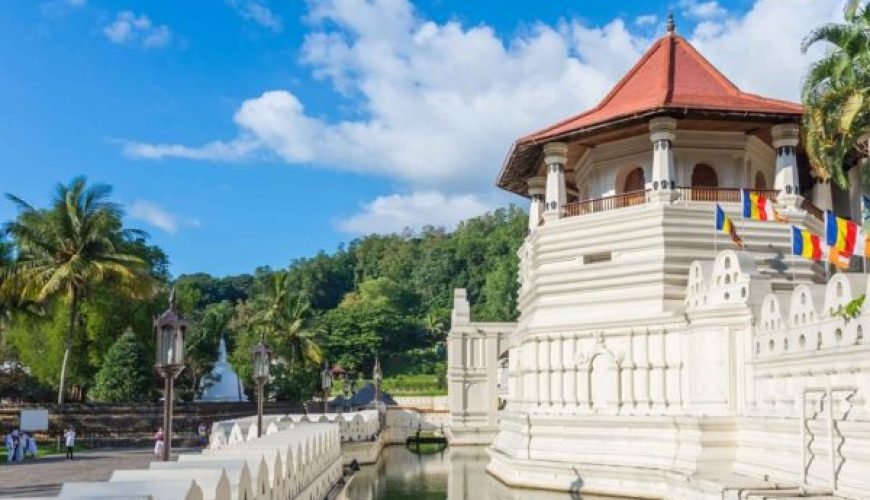
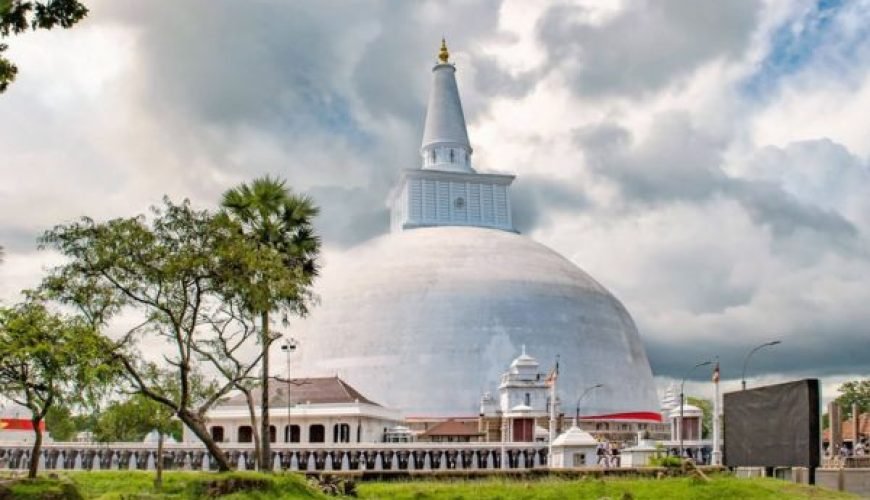


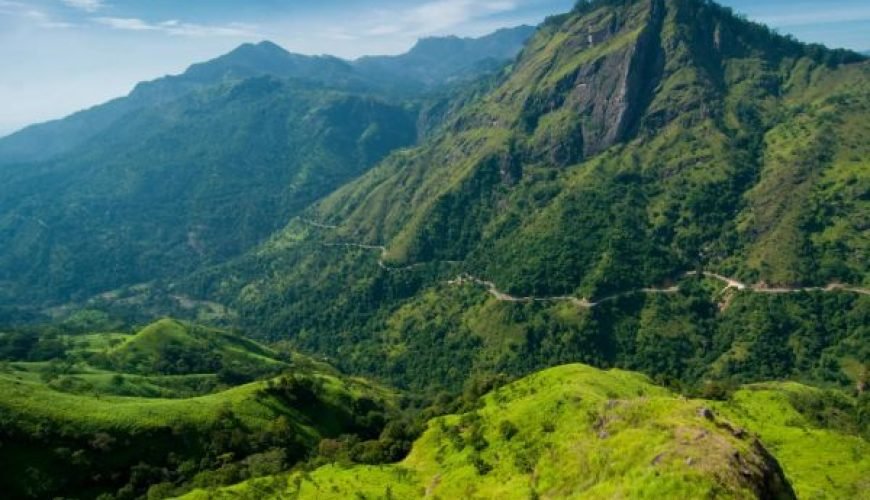


0 Comment